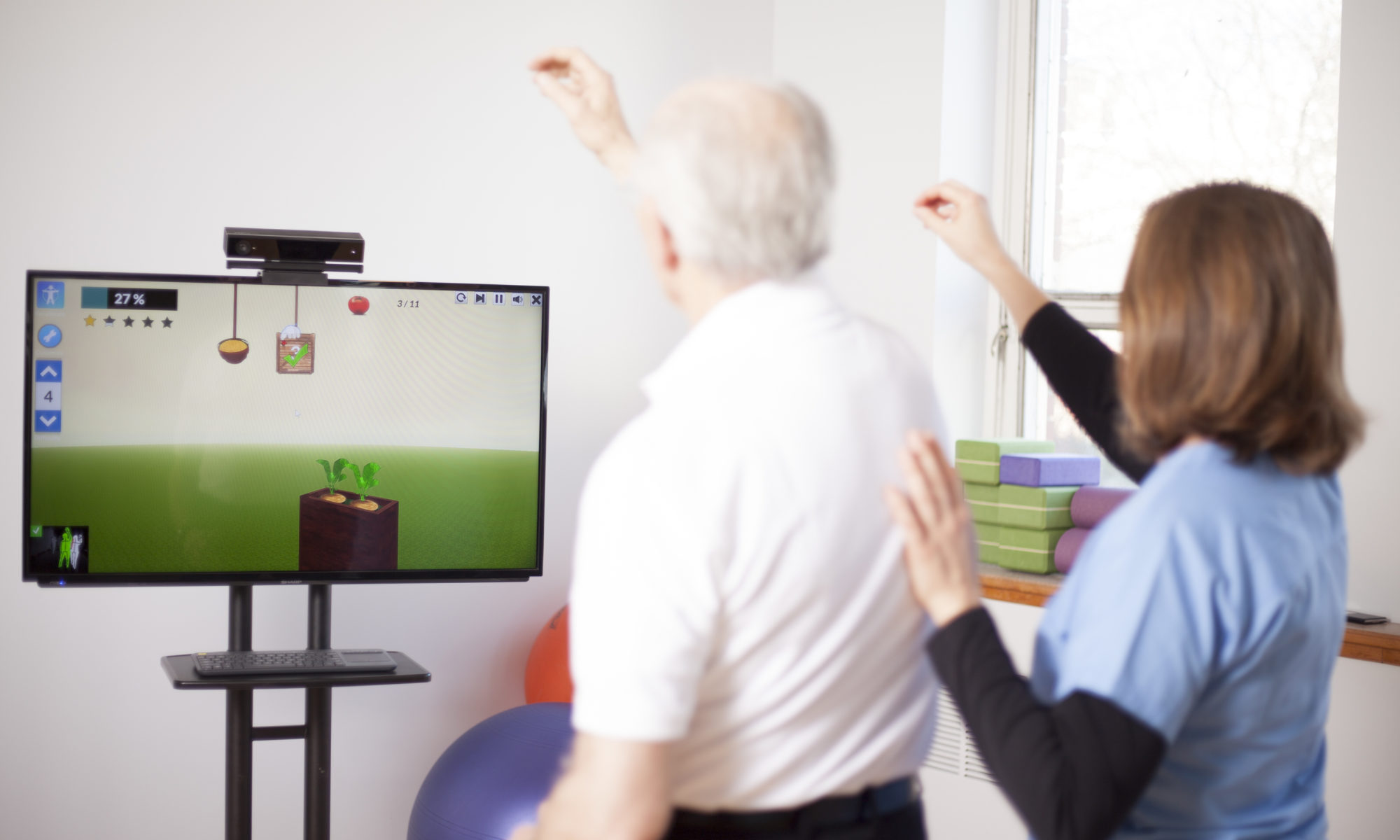3 Ways Virtual Reality is Shaping Physical Therapy Outcomes

By Brian Garner | January 16, 2019
Finding ways to achieve better patient outcomes at a lower cost is a hot topic in the world of rehab and physical therapy providers. With the Patient Driven Payment Model (PDPM) on the radar for 2019, it will be essential for them to reimagine how they are providing care in order to achieve high quality outcomes in a shorter period of time. In the rehabilitation setting, virtual reality technology is taking every day physical activity encounters, such as playing soccer, football or tennis to help simulate mobility and aid in recovery in a noninvasive manner. Its growing popularity with physical therapy providers is also sparking new innovation. The University of Central Florida’s RESTORES clinic recently received a $3 million grant from the U.S. Defense Department to develop virtual reality technology for treating veterans and emergency service workers.
From stroke recovery, surgery recovery or other major injuries, virtual reality is aiding in early recovery to help get patients moving quicker. Here is a look at three ways it can drive positive rehab outcomes.
1. Better patient engagement can lead to better outcomes
Rehab providers are seeing residents come in with more complex healthcare needs, such as strokes. An industry study shows that hospitalization rates for strokes increased by 30 percent for women between the ages of 18 and 44, and nearly doubled for men in that age range from 1995 through 2012. The most common rehab and therapy products, like training stairs, parallel bars and standing frames, often promote passive activities and require multiple therapists. A virtual reality system with real-life therapeutic games can help stroke patients work on redeveloping self-care skills that motivate them to push harder and participate longer, leading to quicker mobility.
2. Objective outcomes data can drive hospital referrals
As hospitals rely on post-acute care partners to meet quality expectations, virtual reality programs like Jintronix have a built-in camera that records the patient’s activity and measures their progress session by session. The graphical reports can be printed and shared with partners anytime during treatment to demonstrate the positive impact of their therapy program.
3. Technology-enabled collaboration extends therapy cost-effectively
With the push from PDPM, implementing restorative programs will become vital. Virtual reality programs allow interactive therapy protocols to be carried out by restorative staff, aides, and wellness staff. Therapists can design interactive clinical exercise programs for nurses and restorative aides, who can then run the program with patients. At any time, therapists can review the patient’s data online, and modify the program to the degree of challenge for each specific patient.
Medline was recently awarded a distribution agreement with virtual reality rehabilitation provider Jintronix. This new partnership further enhances Medline’s portfolio of rehab solutions and commitment of providing innovative and effective solutions to physical therapy providers throughout North America. Attendees of the American Physical Therapy Association’s (APTA) Combined Sections Meeting can visit Medline’s booth (No. 843) January 24 – 26 to interact with Jintronix’s program and Medline’s portfolio of self-manufactured rehabilitation and therapy products.
Learn more about how the company is helping rehab and therapy providers improve patient outcomes.
Brian Garner
Director of Sales for Therapy and Rehab
Brian Garner is the director of sales for the therapy and rehab at Medline, and sits on the board for the National Association for the Support of Long Term Care (NASL). As a NASL Board member, Brian is an expert in ancillary care and services for the long-term and post-acute care sector. Before coming to Medline, Garner ran a therapy equipment and supply company for ten years, where he was very involved in state and national associations.
